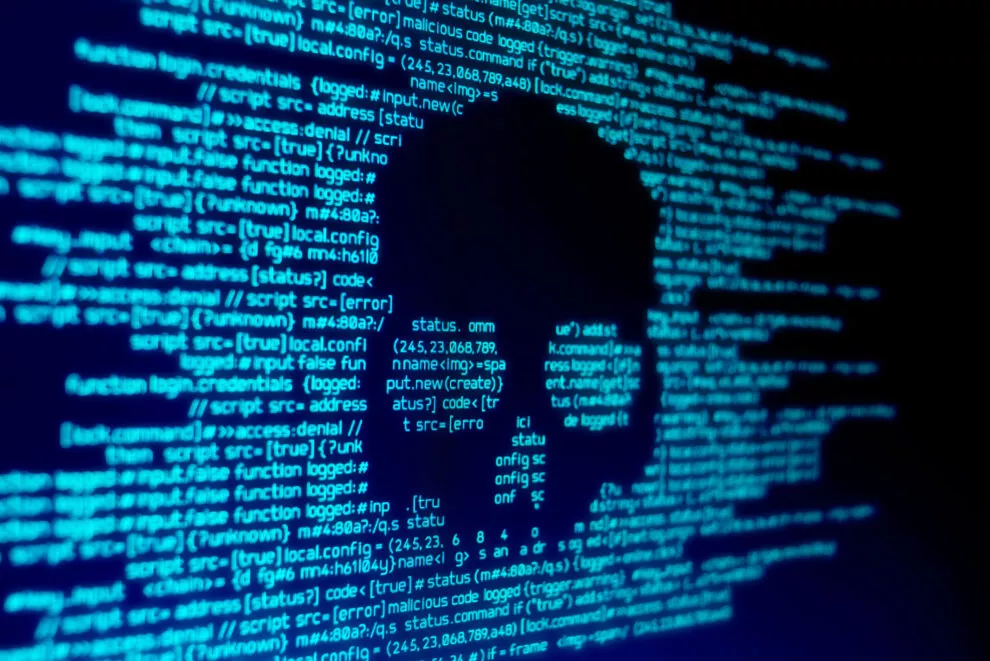_
What are zero-day attacks and how to protect against them?

The world of cybersecurity is fueled by a multitude of attacks: phishing, malware, DoS, DDoS, Man In The Middle, etc. Among all of them, “zero-day” vulnerabilities represent a significant danger for companies.
Let’s take stock of the essential things to know about the subject.
Zero-day attacks in a few words
Zero-day attacks are sold for a high price on the dark web. They are computer attacks that exploit vulnerabilities or security flaws in software, an operating system, or a network, that are unknown to the public and developers. Hence the term “zero-day” which literally means: day 0.
Only attackers are aware of them. They take advantage of these vulnerabilities to execute malicious code, access confidential data, or even take control of a computer system. Governments and intelligence agencies can also use these attacks to spy on individuals or organizations. For example, the Stuxnet attack on the Iranian nuclear facility used zero-day vulnerabilities.
Why the term “zero-day”?
These attacks are called “zero-day” because developers or software publishers have not yet had time to publish a patch or security update to fix the vulnerability. Attackers can therefore use this flaw for an indefinite period, making these attacks particularly dangerous and difficult to counter. Indeed, they have a high chance of success if they manage to reach the vulnerable system.
The term “zero-day” will lose its meaning when it begins to be known by the cyber community.
How to protect against zero-day attacks?
It is very difficult to protect against a zero-day attack since, as mentioned above, attackers exploit unknown vulnerabilities.
It is often recommended to regularly update your software and systems. It is true that some updates may include security patches that can protect against certain vulnerabilities. However, this will not help you in the case of zero-day attacks because if the vulnerable system is reached, it will be attacked sooner or later.
However, there are some measures that we recommend to reduce the risks:
- Use a reliable security solution – In the case of zero-day attacks, the many signature detection tools available on the market will be useless to you since the attack signature is not known by the community. In this case, it is recommended to use a solution that uses advanced technologies such as behavioral analysis that will identify unusual behaviors and suspicious activities that may indicate an intrusion.
- Raise user awareness – Users must be made aware of security risks and common attack techniques. They must be trained in computer security and encouraged to report any suspicious or unexpected activity.
- Use a multi-layered security approach – It is important to use a multi-layered security approach that includes security measures at different levels to increase the chances of detecting and blocking zero-day attacks.
How Custocy detects zero-day attacks?
We were just talking about adopting a multilayered security approach that involves using multiple security solutions to counter different types of threats and vulnerabilities.
You may already have an EDR, SIEM, or XDR. Let’s now talk about a complementary tool, the NDR, which has been recognized by Gartner as an essential component in securing IT infrastructure. It leverages supervised and unsupervised AI and threat intelligence to detect sophisticated and unknown (zero-day) attacks.
This is the case with our NDR Custocy.
Let’s now see how our solution uses AI to detect this type of attack.
- Collective intelligence technology – We have created a community of supervised and unsupervised AIs that inspect network traffic at different time scales (milliseconds, seconds, minutes, weeks) and regularly collaborate to agree on the severity of a threat. An AI master, the Metalearner, centralizes the responses of these AIs to give a final decision to the analyst.Even our supervised AI models can help us detect zero-day attacks. They may not necessarily be able to classify them as they cannot be trained on these attacks since they are unknown. However, they will know that it is not benign traffic. This grouping of multiple AIs allows us to generate very few false positives, often listed as the black spot of NDR solutions. It is a unique technology that was developed by our in-house teams.
- Anomaly detection – Often associated with the category of unsupervised AI and known as behavioral analysis, this machine learning method does not rely on labeled data. Our AI models the normal behavior of a group of assets (servers, computers, applications, etc.) and detects when one of them deviates from the norm. This allows us to identify unusual network behaviors such as connections at unusual hours, unauthorized access to user accounts, unusual file transfers, etc.
When it comes to zero-day attacks, it is essential to implement a comprehensive security strategy that includes employee awareness and training, continuous network monitoring, and the use of other complementary advanced security tools to minimize risks and take action BEFORE it is too late.
Network monitoring involves an NDR solution. What do you think about discovering Custocy? Book your demo slot HERE.
